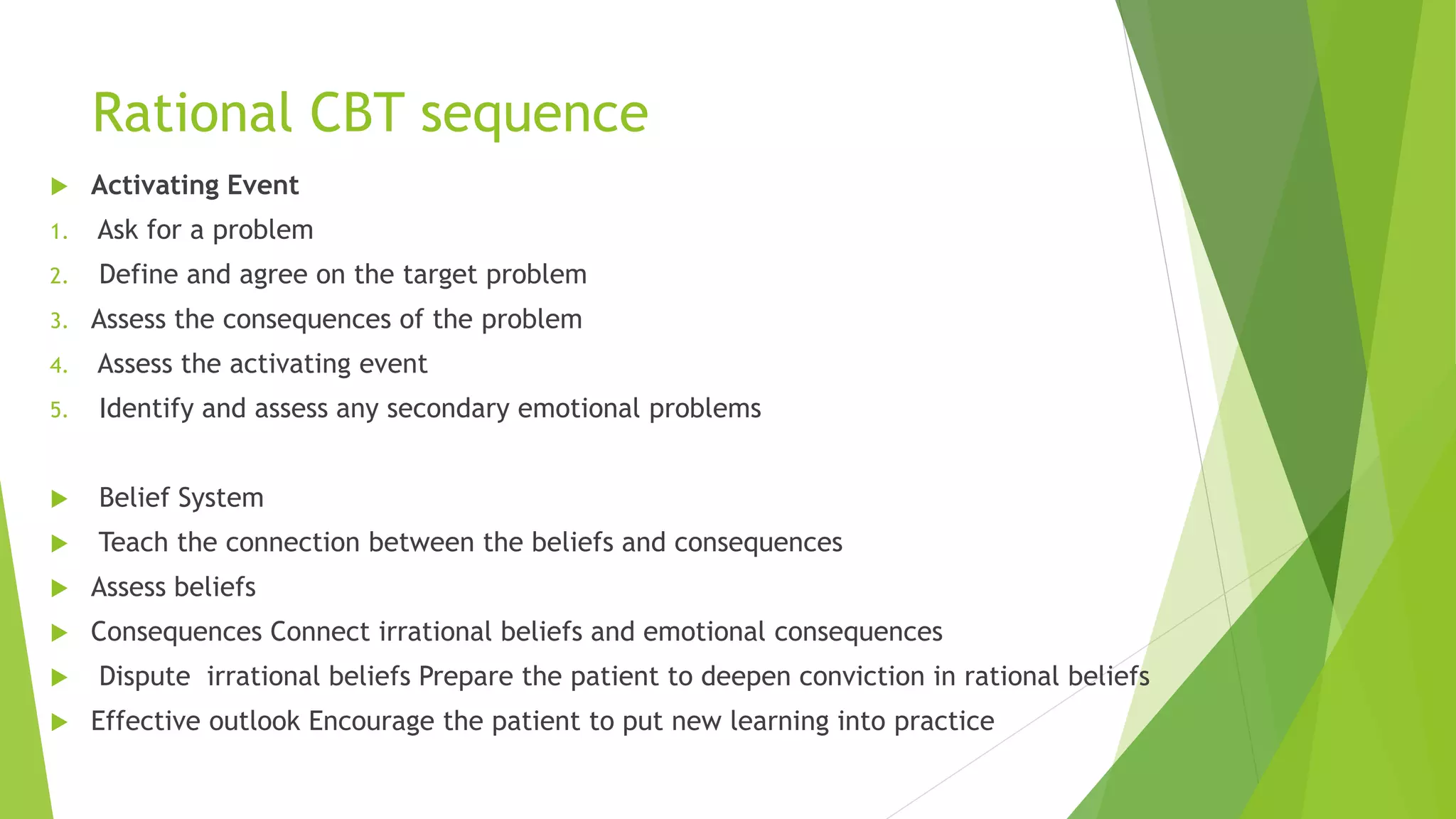Global statistics show that around 350 million people suffer from depression, which is the leading cause of suicide among 15-29 year olds. In India, around 42.5% of private sector employees suffer from depression or anxiety due to high work pressures and performance-linked incentives. One study of over 6000 corporate employees found that around 50% suffered from anxiety or depression, with many experiencing symptoms for over a year before seeking help. Prolonged work stress is a major trigger for mental illness. Counseling can help employees and managers cope with work pressures and mental health issues.















































